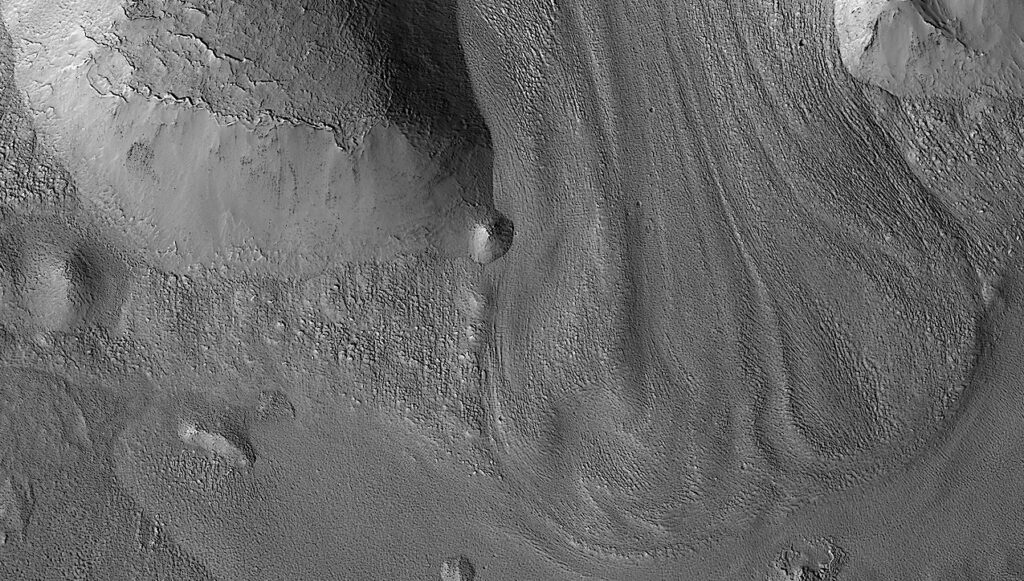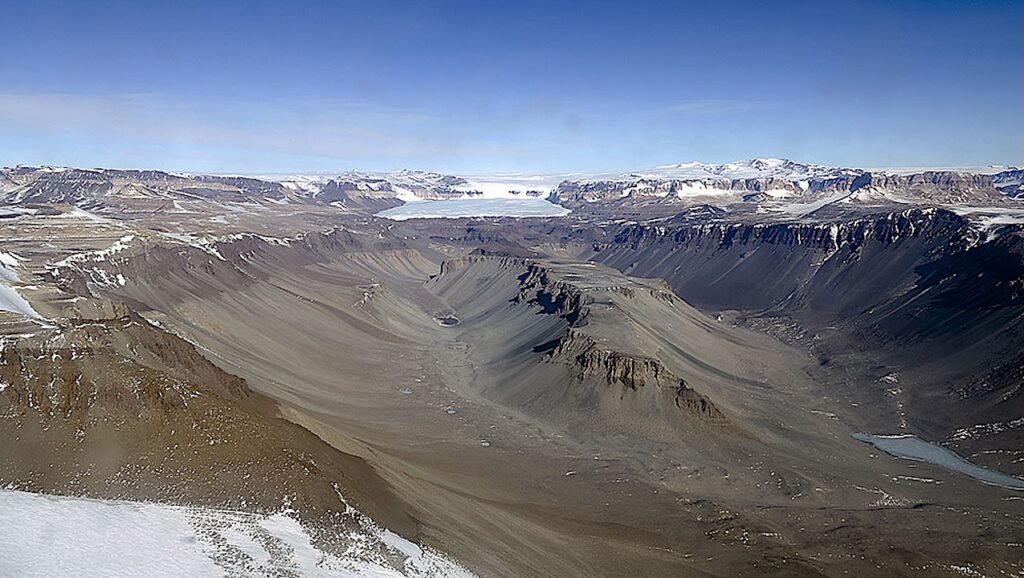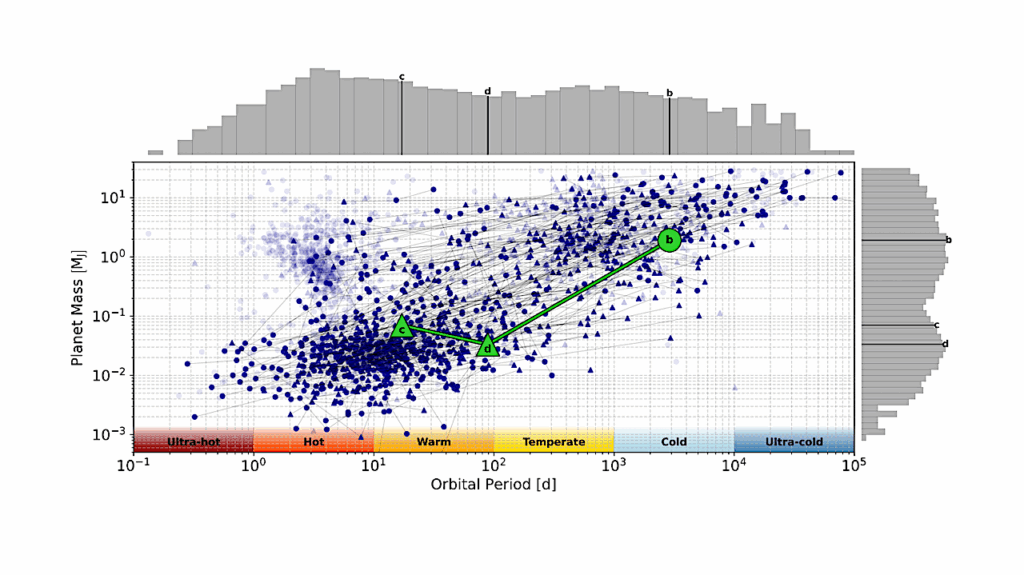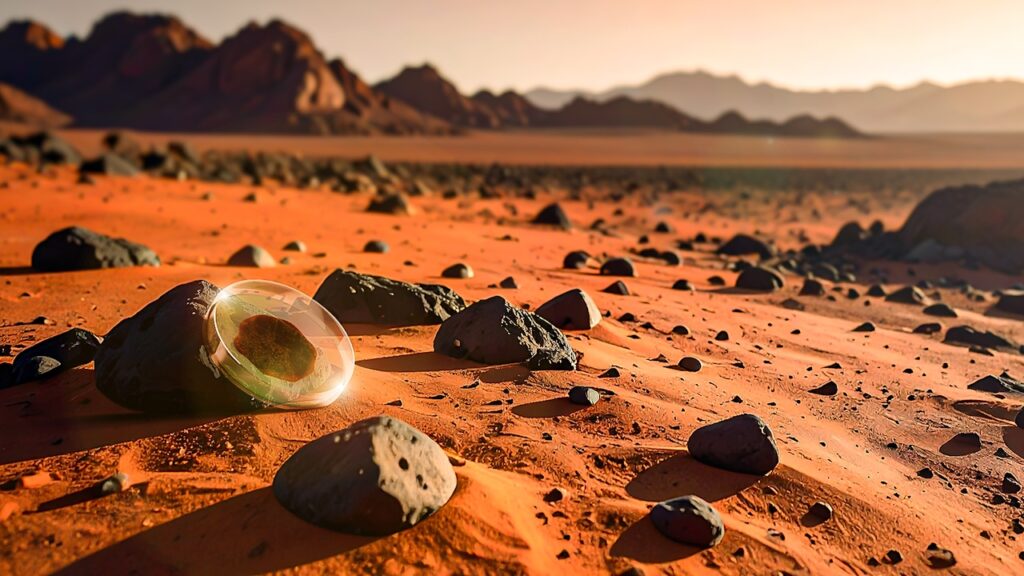Planetary Protection Knowledge Gap Closure Enabling Crewed Missions to Mars
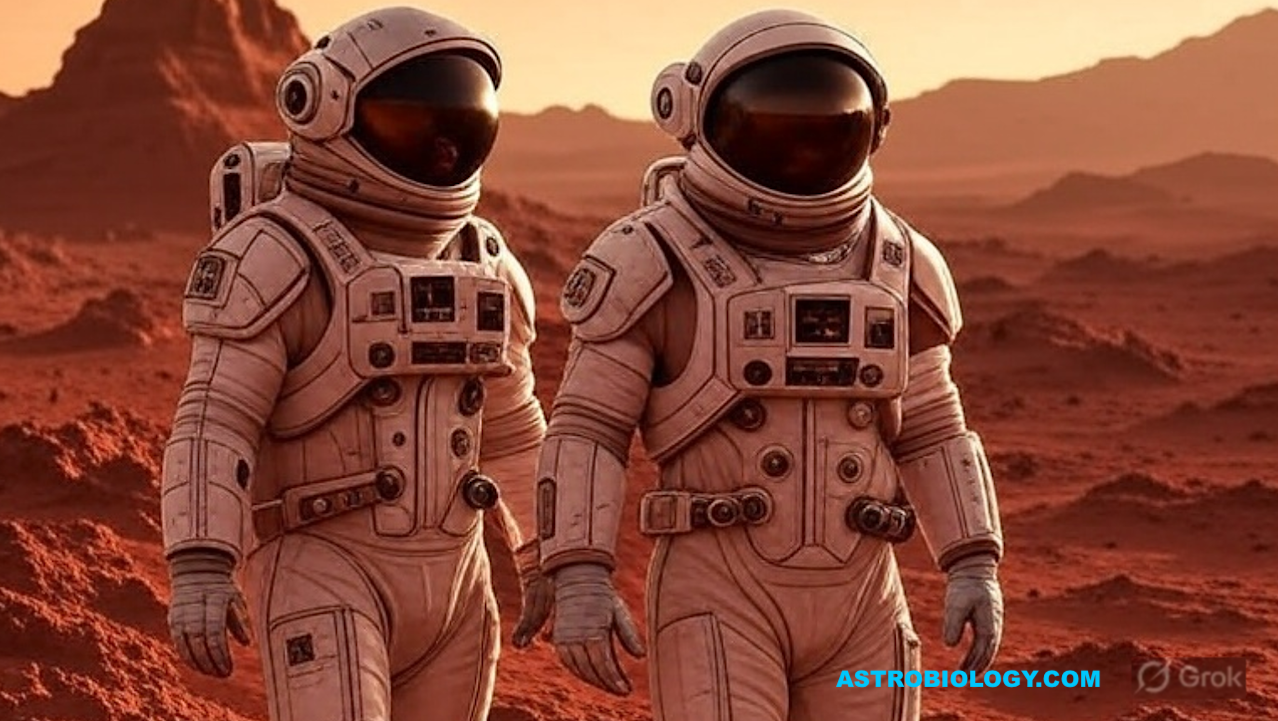
As focus for exploration of Mars transitions from current robotic explorers to development of crewed missions, it remains important to protect the integrity of scientific investigations at Mars, as well as protect the Earth’s biosphere from any potential harmful effects from returned martian material.
This is the discipline of planetary protection, and the Committee on Space Research (COSPAR) maintains the consensus international policy and guidelines on how this is implemented.
Based on National Aeronautics and Space Administration (NASA) and European Space Agency (ESA) studies that began in 2001, COSPAR adopted principles and guidelines for human missions to Mars in 2008. At that point, it was clear that to move from those qualitative provisions, a great deal of work and interaction with spacecraft designers would be necessary to generate meaningful quantitative recommendations that could embody the intent of the Outer Space Treaty (Article IX) in the design of such missions.
Beginning in 2016, COSPAR then sponsored a multiyear interdisciplinary meeting series to address planetary protection “knowledge gaps” (KGs) with the intent of adapting and extending the current robotic mission-focused Planetary Protection Policy to support the design and implementation of crewed and hybrid exploration missions.
This article describes the outcome of the interdisciplinary COSPAR meeting series, to describe and address these KGs, as well as identify potential paths to gap closure. It includes the background scientific basis for each topic area and knowledge updates since the meeting series ended.
In particular, credible solutions for KG closure are described for the three topic areas of (1) microbial monitoring of spacecraft and crew health; (2) natural transport (and survival) of terrestrial microbial contamination at Mars, and (3) the technology and operation of spacecraft systems for contamination control. The article includes a KG data table on these topic areas, which is intended to be a point of departure for making future progress in developing an end-to-end planetary protection requirements implementation solution for a crewed mission to Mars.
Overall, the workshop series has provided evidence of the feasibility of planetary protection implementation for a crewed Mars mission, given (1) the establishment of needed zoning, emission, transport, and survival parameters for terrestrial biological contamination and (2) the creation of an accepted risk-based compliance approach for adoption by spacefaring actors including national space agencies and commercial/nongovernment organizations.
Planetary Protection Knowledge Gap Closure Enabling Crewed Missions to Mars
Astrobiology via PubMed
Astrobiology


